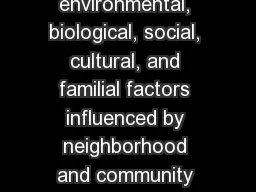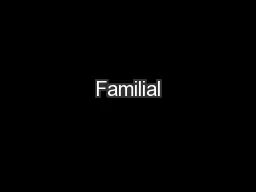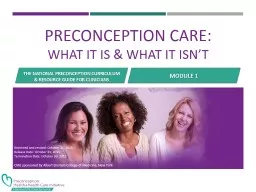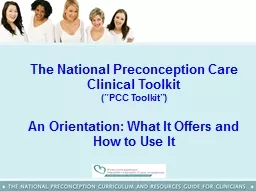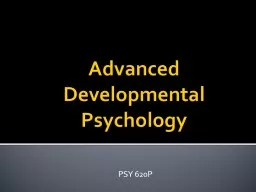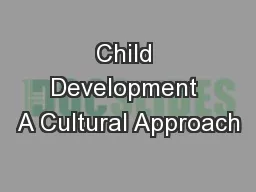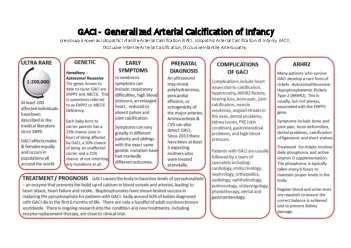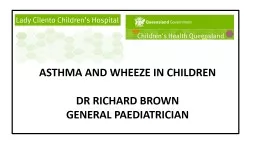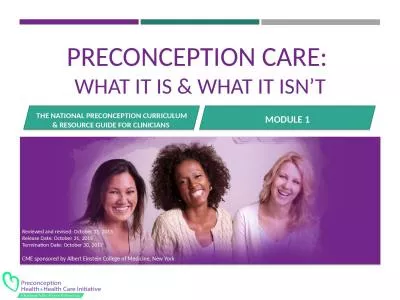PPT-Abstract Infant and child development is a complex interaction between environmental,
Author : tatiana-dople | Published Date : 2019-12-21
Abstract Infant and child development is a complex interaction between environmental biological social cultural and familial factors influenced by neighborhood and
Presentation Embed Code
Download Presentation
Download Presentation The PPT/PDF document "Abstract Infant and child development is..." is the property of its rightful owner. Permission is granted to download and print the materials on this website for personal, non-commercial use only, and to display it on your personal computer provided you do not modify the materials and that you retain all copyright notices contained in the materials. By downloading content from our website, you accept the terms of this agreement.
Abstract Infant and child development is a complex interaction between environmental,: Transcript
Download Rules Of Document
"Abstract Infant and child development is a complex interaction between environmental,"The content belongs to its owner. You may download and print it for personal use, without modification, and keep all copyright notices. By downloading, you agree to these terms.
Related Documents

